Camponotus barbaricus
89,90 zł – 229,90 zł
Camponotus barbaricus is a monogynous ant species with colonies of up to 10,000 workers. The development rate is medium and the size ranges from 6-17mm. They have a glossy black color with a reddish veil. Their nutrition consists of food insects, syrup, fruit, vegetables, jelly, and cookies.
| Behavior | |
|---|---|
| Difficulty in breeding | |
| Origin | |
| The size of ants | |
| Wintering |
Camponotus barbaricus: Monogynous Ant Species
Colony type: Monogyny
Colony size: up to 10 000 workers
Development rate: medium
Size and Color
- Queen: 15-17mm
- Workers: 6-9mm
- Majors: 8-16mm
Color: Camponotus barbaricus is characterized by its glossy black color with a reddish veil. This unique coloration makes them visually striking and distinguishes them from other ant species.
Nutrition
Camponotus barbaricus has specific dietary requirements to thrive in captivity. Their nutrition mainly consists of:
- Food insects such as cockroaches and crickets
- Syrup made from a mixture of water and honey
- Fruits and vegetables
- Jelly
- Cooked chicken without salt or shrimp
- Honey
- Soft grain
By offering a varied diet that includes these food sources, you can ensure the optimal nutrition and well-being of your Camponotus barbaricus colony. For more information on ant nutrition and other ant species, visit the ants category on our website.
Humidity and Temperature
Proper humidity and temperature levels are crucial for the health and development of Camponotus barbaricus. Here are the ideal ranges:
- Arena Humidity: 30-50%.
- Nest Humidity:40-60%.
- Arena Temperature: 24-28 °C.
- Nest Temperature: 22-26 °C.
By maintaining proper humidity and temperature levels, you can provide the ideal living conditions for your Camponotus barbaricus colony.
Features of the Species
Camponotus barbaricus ants stand out among the various ant species, possessing several notable features:
- Size: They are considered one of the largest ant species in Europe. Their substantial size makes them visually impressive and captivating to observe.
- Frugality: Camponotus barbaricus ants are known for their frugal nature. They are efficient in their resource utilization and can make the most out of available food sources.
- Aggressiveness and Defense: While generally peaceful, Camponotus barbaricus ants can display aggressiveness and defensiveness when their nest is in danger. They have strong mandibles that can deliver a painful bite if provoked.
These distinguishing characteristics make Camponotus barbaricus a fascinating species to keep and observe in a controlled environment.
Recommended Nests for Breeding
When breeding Camponotus barbaricus, it is essential to provide them with suitable nests. Here are a few recommended nest materials:
- Acrylic: Nests made of acrylic can provide a transparent view into the ants’ activities, allowing for easy observation and monitoring.
- Cork: Cork nests offer a natural and aesthetically pleasing environment for the ants. They can also provide good insulation and moisture retention.
- Plaster: Plaster nests are durable and provide a stable and secure environment for the colony. They can be easily maintained and cleaned.
- Aerated Concrete: Nests made of aerated concrete offer good ventilation and insulation properties, ensuring the comfort of the ants.
Choosing the right nest material is crucial for the well-being and success of your Camponotus barbaricus colony.
In conclusion, Camponotus barbaricus is an intriguing species of ants characterized by their monogynous colony type, impressive size, and unique characteristics. By meeting their specific dietary needs, maintaining proper humidity and temperature levels, and providing suitable nests, you can create an ideal environment for your Camponotus barbaricus colony to thrive and flourish.


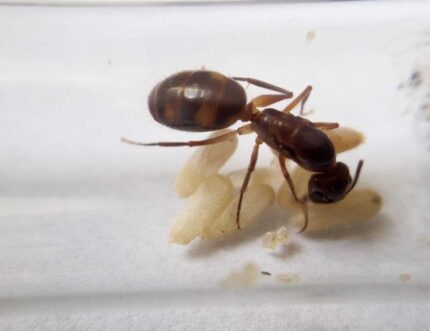
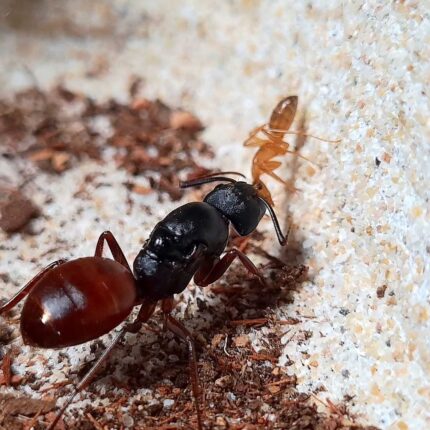
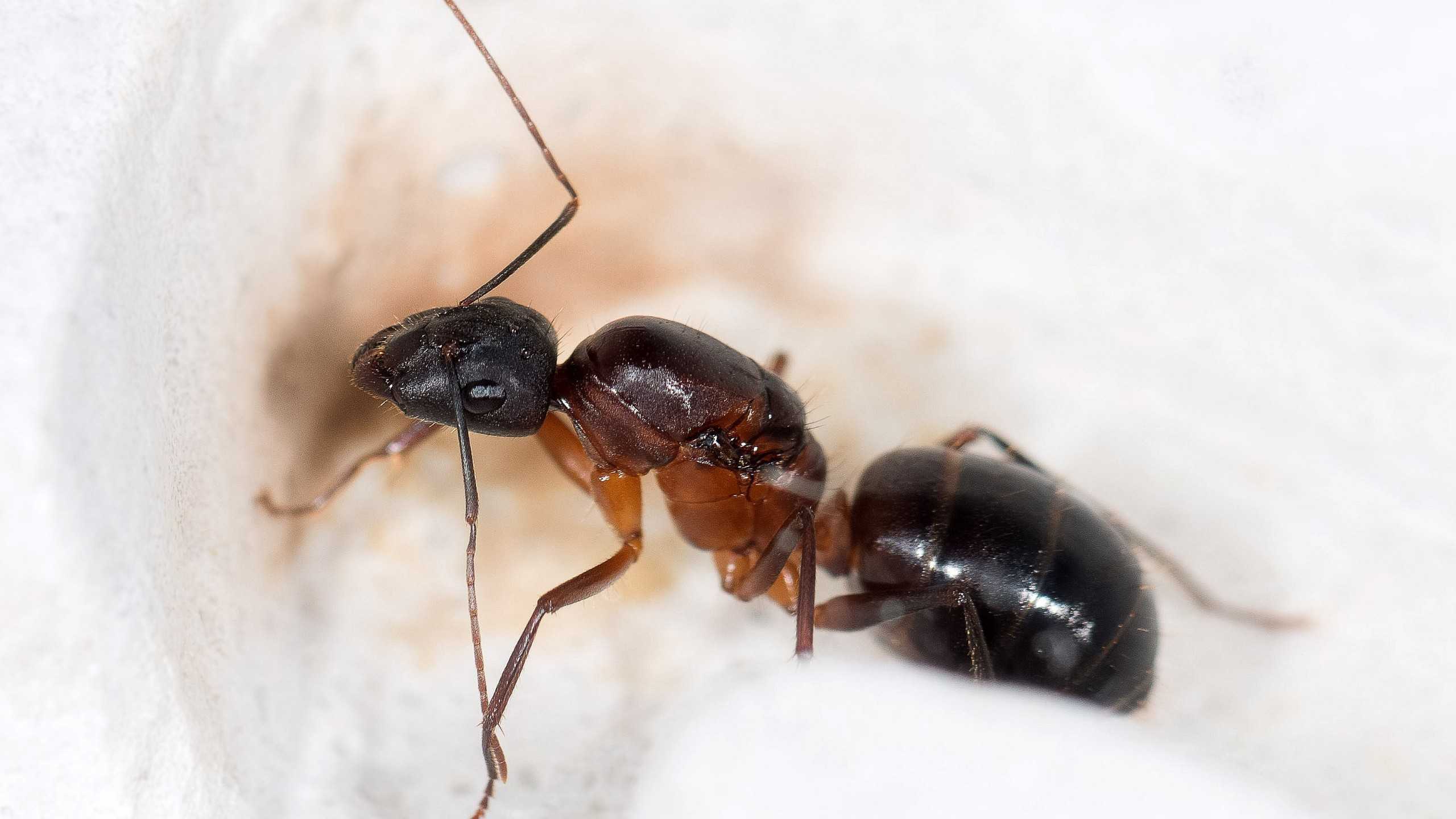
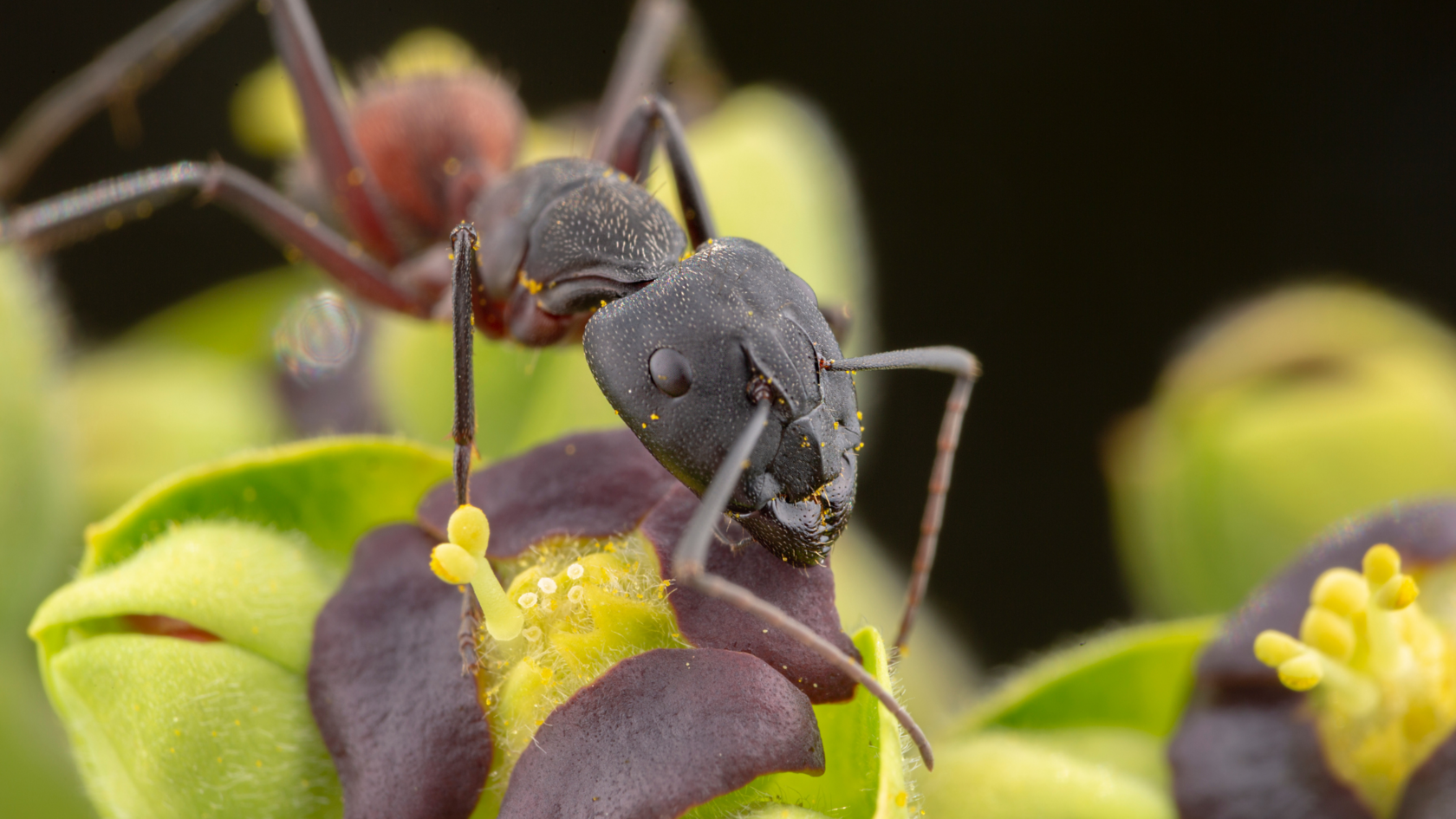


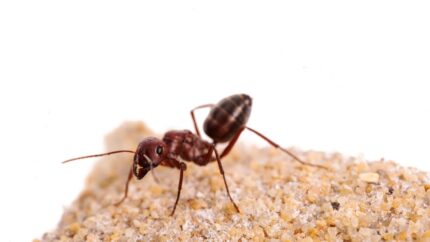
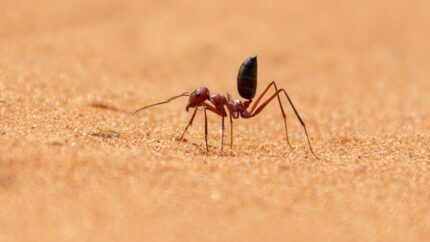
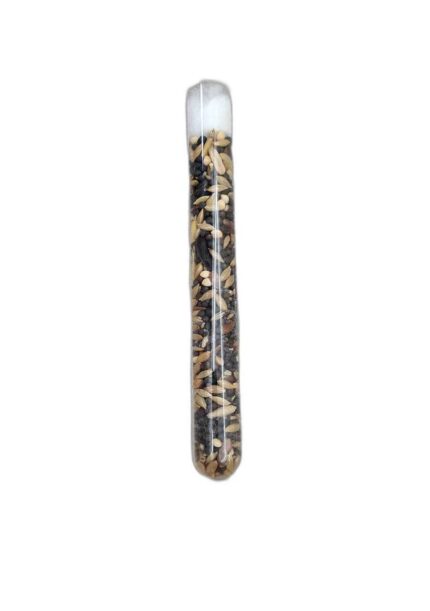

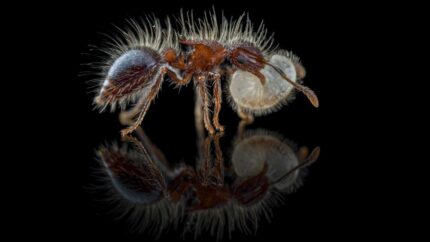
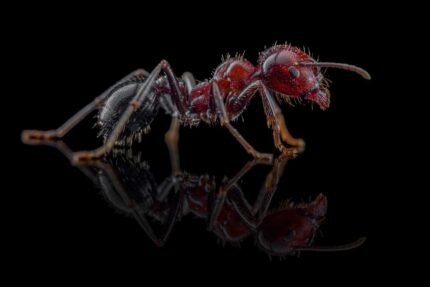
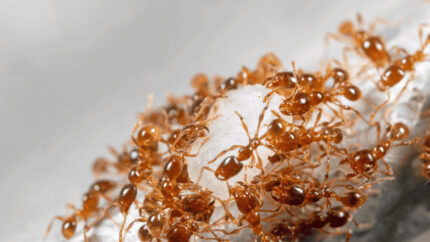
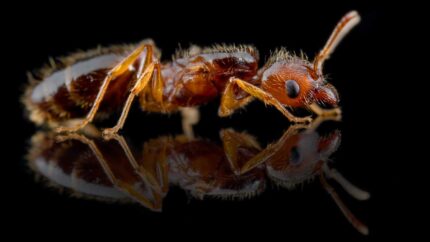
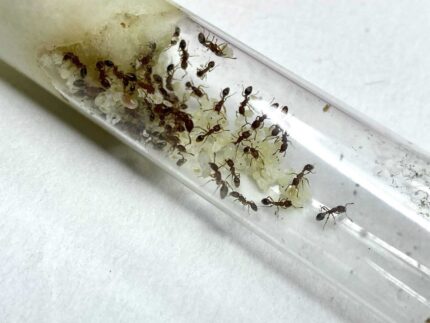
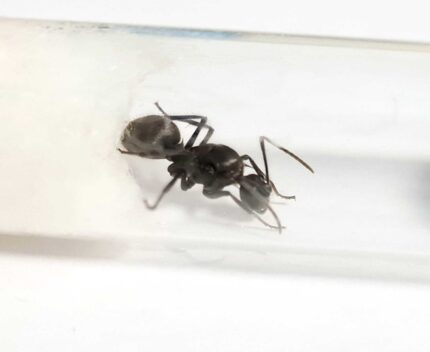
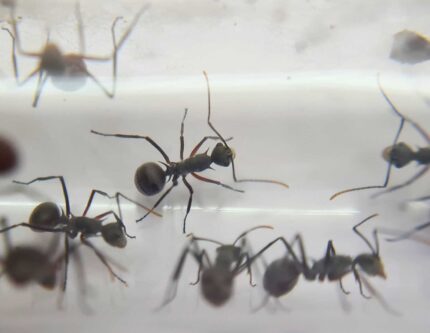

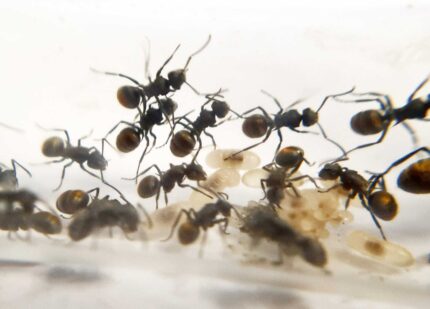
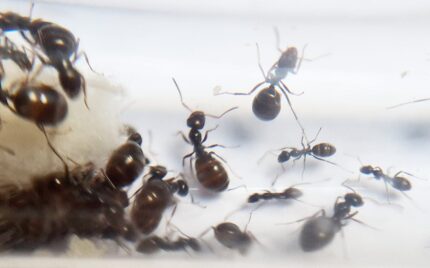
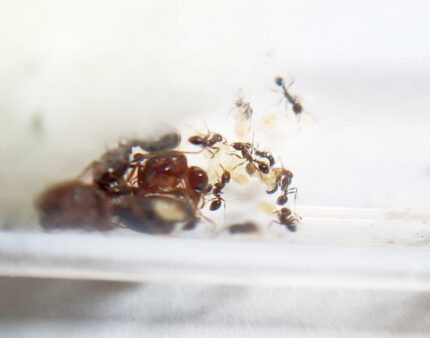
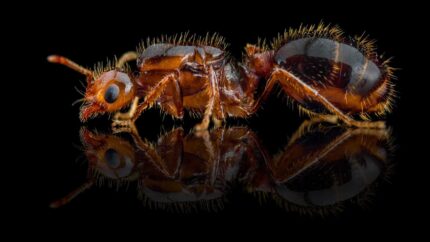
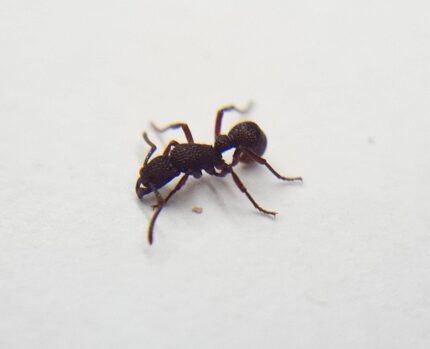
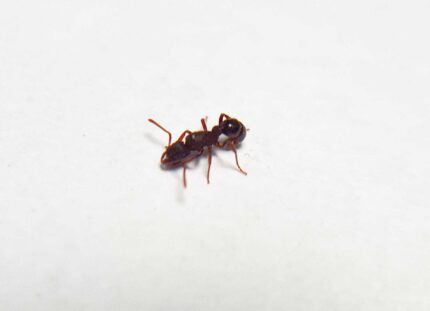
Valoraciones
Clear filtersNo hay valoraciones aún.